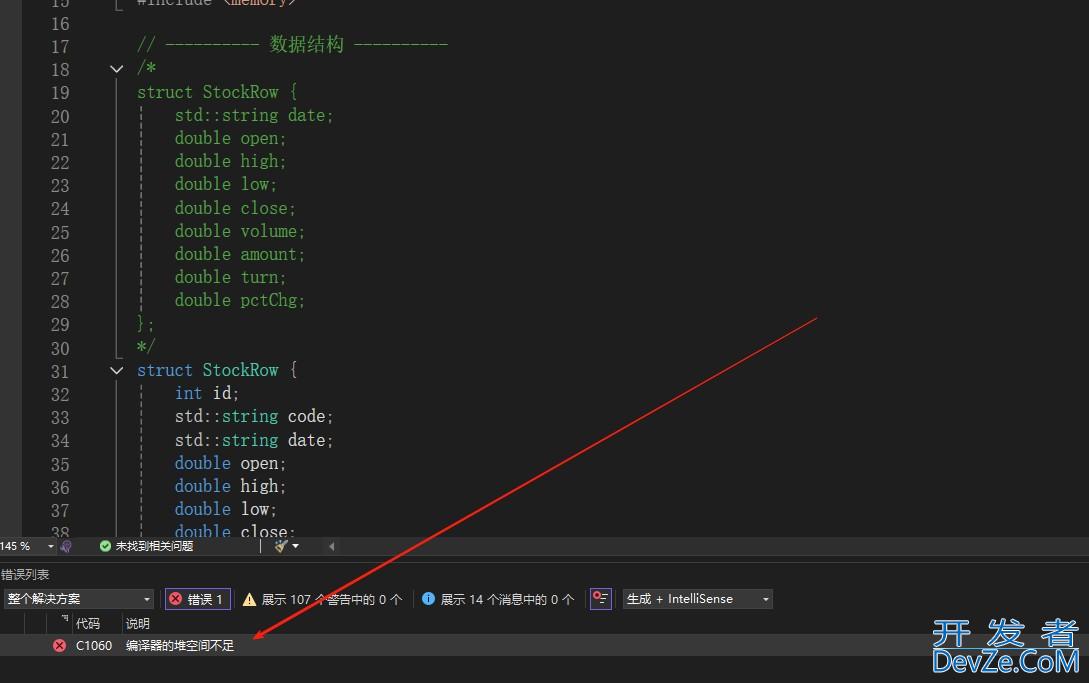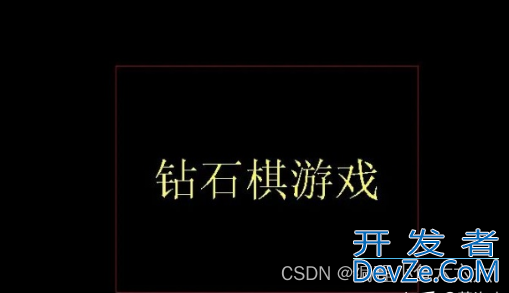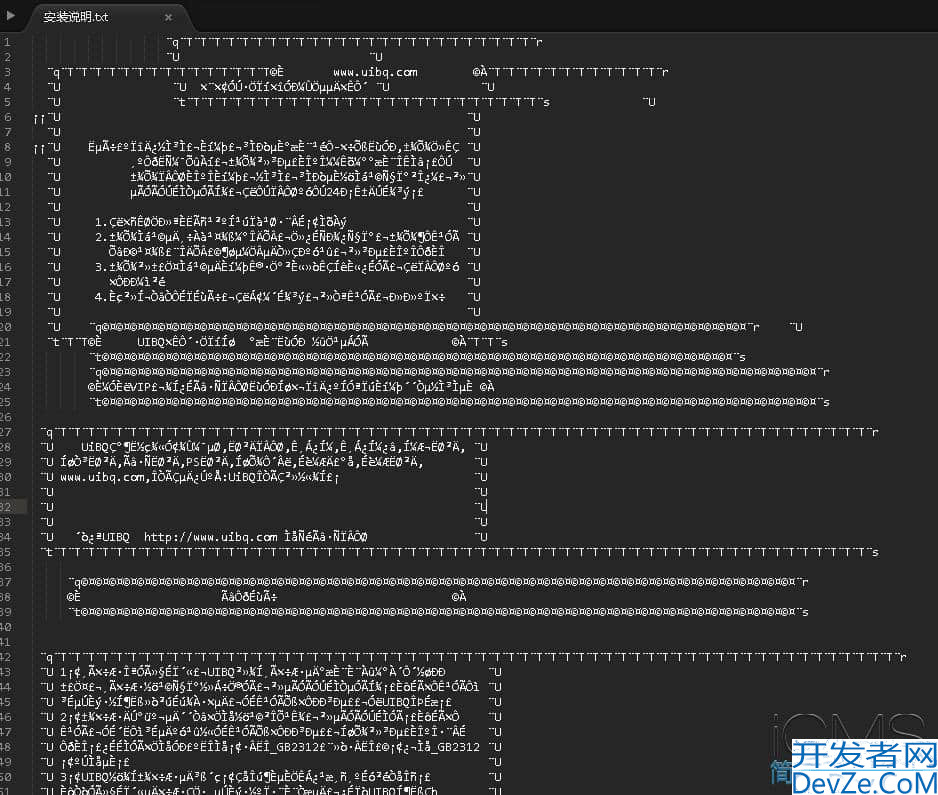Python脚本实现删除谷歌浏览器历史记录
目录
- 前言
- 完整代码
- 方法补充
前言
在本文中,您将学习编写一个 python 程序,该程序将把用户的输入作为关键词,如亚马逊、极客博客等。然后在你的谷歌浏览器历史中搜索这个关键词,如果在任何一个网址中找到这个关键词,它就会删除它。
比如,假设你输入了关键字‘geeksforgeeks’,那么它会搜索你的谷歌 chrome 历史,比如‘www . geekforgeks . org’,很明显这个 URL 包含了关键字‘geeksforgeeks’,那么它就会删除它,它还会搜索文章(比如“geeksforgeeks 是准备竞争性编程面试的好门户吗?”)标题中包含“geeksforgeeks”并删除它。首先,获取谷歌 chrome 历史文件在你的系统中的位置。
注意:
Google chrome 历史文件在 Windows 中的位置一般为:C:\ Users \ manishkc \ AppData \ Local \ Google \ Chrome \ User Data \ Default \ History。
完整代码
import SQLite3
# establish the connection with
# history database file which is
# located at given location
# you can search in your system
# for that location and provide
# the path here
conn = sqlite3.connect("/path/to/History")
# point out at the cursor
c = conn.cursor()
# create a variable id
# and assign 0 initially
id = 0
# create a variable result
# initially as True, it will
# be used to run while loop
result = True
# create a while loop and put
# result as our condition
while result:
result = False
# a list which is empty at first,
# this is where all the urls will
# be stored
ids = []
# we will go through our database and
# search for the given keyword
for rows in c.execute("SELECT id,url FROM urls\
WHERE url LIKE '%geeksforgeeks%'"):
# this is just to check all
# the urls that are being deleted
print(rows)
# we are first selecting the id
id = rows[0]
# append in ids which was initially
# empty with the id of the selectedandroid url
ids.append((id,))
# execute many command which is delete
# from urls (this is the table)
# where id is ids (list having all the urls)
c.executemany('DELETE from urls WHERE id = ?',ids)
# commit the changes
conn.commit()
# close the connection
conn.close()
输出:
(16886, 'https://www.geeksforgeeks.org/')
方法补充
使用Python清理Chrome浏览器的缓存和数据
实现思路
清理Chrome浏览器的缓存和数据,主要涉及以下几个步骤:
- 找到Chrome浏览器的用户数据目录。
- 删除或清空相关的缓存和数据文件。
- 确保操作的安全性,避免误删用户重要数据。
1. 找到Chrome的用户数据目录
Chrome的用户数据目录通常位于以下路径:
Windows: C:\Users\<username>\AppData\Local\Google\Chrome\User Data
MACOS: /Users/<username>/Library/Application Support/Google/Chromelinux: /home/<username>/.config/google-chrome
2. 删除缓存和数据文件
在用户数据目录中,可以找到缓存和其他文件。通常,缓存文件存储在Default/Cache和Default/Media Cache目录中。我们可以使用Python的os库和shutil库来进行文件操作。
3. 实现代码示例
以下是一个简单的Python示例,演NkdYnWi示如何清理Chrome浏览器中的缓存:
import os
import shutil
import platform
# 确定用户数据目录
def get_chrome_user_data_path():
system = platform.system()
if system == "Windows":
return os.path.join(os.getenv('LOCALAPPDATA'), 'Google', 'Chrome', 'User Data', 'Default')
elif system == "Darwin": # macOS
return os.path.join(os.path.expanduser('~'), 'Library', 'Application Support', 'Google', 'Chrome', 'Default')
elif system == "Linux":
return os.path.join(os.path.expanduser('~'), '.config', 'google-chrome', 'Default')
else:
raise Exception("Unsupported operating system")
# 清理缓存
def clear_chrome_cache():
user_data_path = get_chrome_user_data_path()
cache_path = os.path.join(user_data_path, 'Cache')
media_javascriptcache_path = os.path.join(user_data_path, 'Media Cache')
# 检查缓存目录是否存在并删除
if os.path.exists(cache_path):
shutil.rmtree(cache_path)
print("清理缓存完成!")
else:
print("缓存目录不存在。")
if os.path.exists(media_cache_path):
shutil.rmtree(media_cache_path)
print("清理媒体缓存完成!")
else:
print("媒体缓存目录不存在。")
if __name__ == "__main__":
clear_chrome_cache()
代码解析
首先,使用 platform.system() 来获取操作系统类型,这样可以动态设置用户数据目录。
通过 os.path.join 构建缓存和媒体缓存的路径。
使用 shutil.rmtree() 方法删除指定目录及其内容,完成缓存的清理。
注意事项
备份数据: 在执行清理操作前,请确保备份重要的浏览数据,避免误删。
关闭Chrome: 清理缓存时,请确保Chrome浏览器已经关闭,以防止文件正在使用而无法删除。
用 Python 清除 Chrome 缓存的指南
清除 Chrome 缓存的步骤
第一步:找到 Chrome 缓存目录
在 Windows 系统中,Chrome 的缓存通常位于以下目录:
C:\Users\<Your Username>\AppData\Local\Google\Chrome\User Data\Default\Cache
在 macOS 系统中,则通常位于:
/Users/<Your Username>/Library/Caches/Google/Chrome/Default
第二步:编写 Python 代码清除缓存
使用 Python 来删除这些缓存文件,可以自动化这个过程,大大提高效率。下面是一段代码示例,演示如何使用 Python 清除 Chrome 缓存:
import os
import shutil
import platform
def clear_chrome_cache():
# 获取当前系统的平台
system = platform.system()
if system == 'Windows':
cache_path = os.path.join(os.environ['LOCALAPPDATA'], r'Google\Chrome\User Data\Default\Cache')
elif system == 'Darwin': # macOS
cache_path = os.path.join(os.environ['HOME'], 'Library/Caches/Google/Chrome/Default')
else: # 其他的操作系统
print(f"Unsupported OS: {system}")
return
try:
# 清空缓存目录
if os.path.exists(cache_path):
shutil.rmtree(cache_path)
os.makedirs(cache_path) # 重新创建缓存目录
print("Chrome cache cleared successfully.")
else:
www.devze.com print("Cache directory does not exist.")
except Exception as e:
print(f"Error occurred while clearing cache: {e}")
if __name__ == "__main__":
clear_chrome_cache()
代码解析
平台检测:使用 platform.system() 函数判断当前操作系统,以决定缓存路径。
路径构建:根据操作系统构建 Chrome 缓存的路径。
删除与重建:使http://www.devze.com用 shutil.rmtree() 删除缓存目录,并用 os.makedirs() 重新创建一个空的缓存目录。
异常处理:捕获并处理任何可能的错误,确保程序稳定运行。
到此这篇关于Python脚本实现删除谷歌浏览器历史记录的文章就介绍到这了,更多相关Python删除浏览器记录内容请搜索编程客栈(www.devze.com)以前的文章或继续浏览下面的相关文章希望大家以后多多支持编程客栈(www.devze.com)!






 加载中,请稍侯......
加载中,请稍侯......
精彩评论